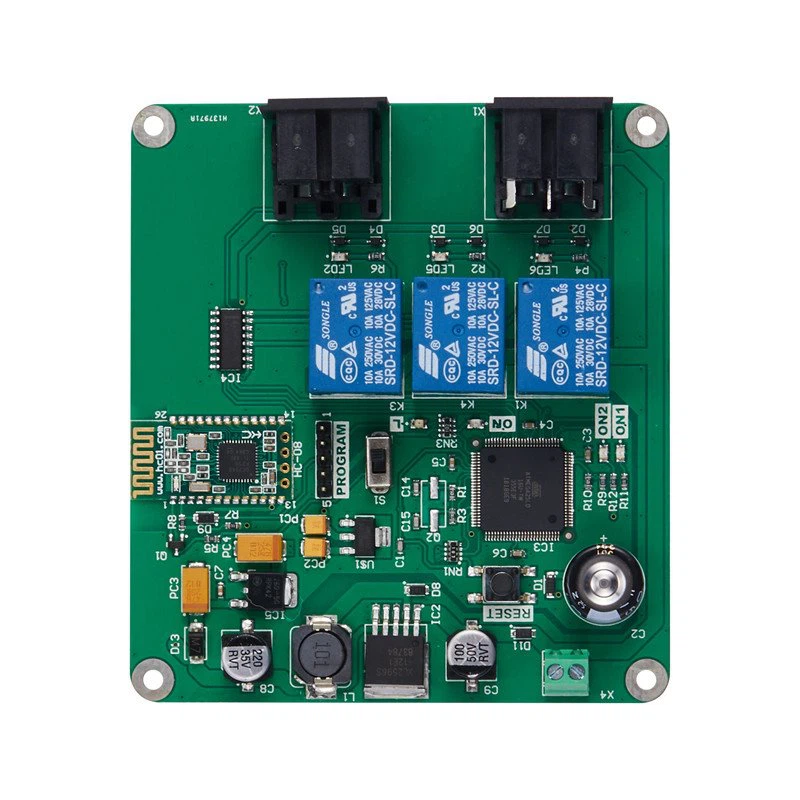Product Parameters
| IoT Development PCBA Board | |||
|---|---|---|---|
| Min. Order Quantity: | 1 piece | ||
| Board Type: | Rigid PCB | ||
| Assembly Types: | SMD、BGA | ||
| Board Size: | 20*20CM | ||
| Min Package: | 01005(0.4mm*0.2mm); Min | ||
Product Display
The IoT market is growing rapidly and so is the demand for IoT development boards. As an electronic manufacturing service provider, Deku supports OEM and customization services for IoT development boards.
What is a development board and what is its purpose?
Development boards are printed circuit boards with circuitry and hardware designed to facilitate experimentation with microcontrollers.
Typical components of a development board
Power supply circuitry - typically set up to use a 9V power supply
Programming interface - allows you to program the microcontroller from a computer
Basic inputs - usually a pushbutton
Basic outputs - usually LEDs
I/O pins - used for motors, temperature sensors, LCD screens, etc.
Key features that must be included on a development board
Some of the important features included in the IOT development board:
1. processing power. This can be in the form of a CPU, microcontroller, FPGA or other CPLD. Microcontrollers make it easy to program your device as many manufacturers offer the IDE you need.
2. Wireless capability. This feature provides wireless communication without including an external transceiver module. Some common protocols include Bluetooth, Zigbee, WiFi, and more.
3. Expandability. This particular feature allows more functionality to be added to the board? You can verify that the board communicates via GPIO, UART, SPI, or other protocols; as this will determine how the board interacts with other devices.
4. memory. Onboard memory is important. To store large amounts of data, you need built-in flash memory. A decent board allows the connection of MiniSD or MicroSD cards for enhanced data storage.













Reviews